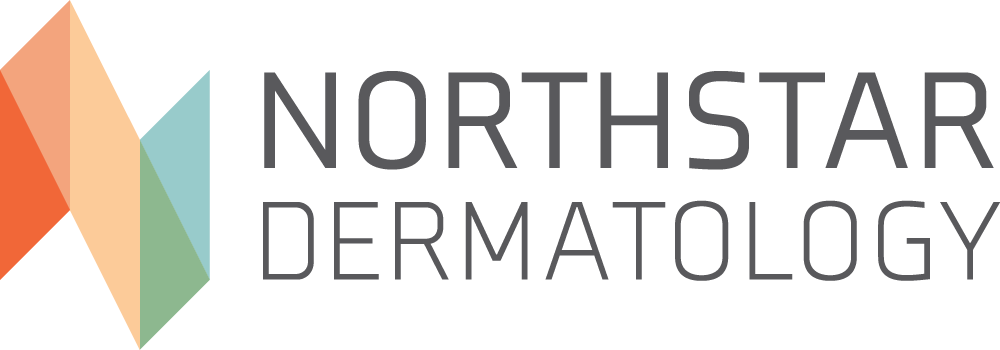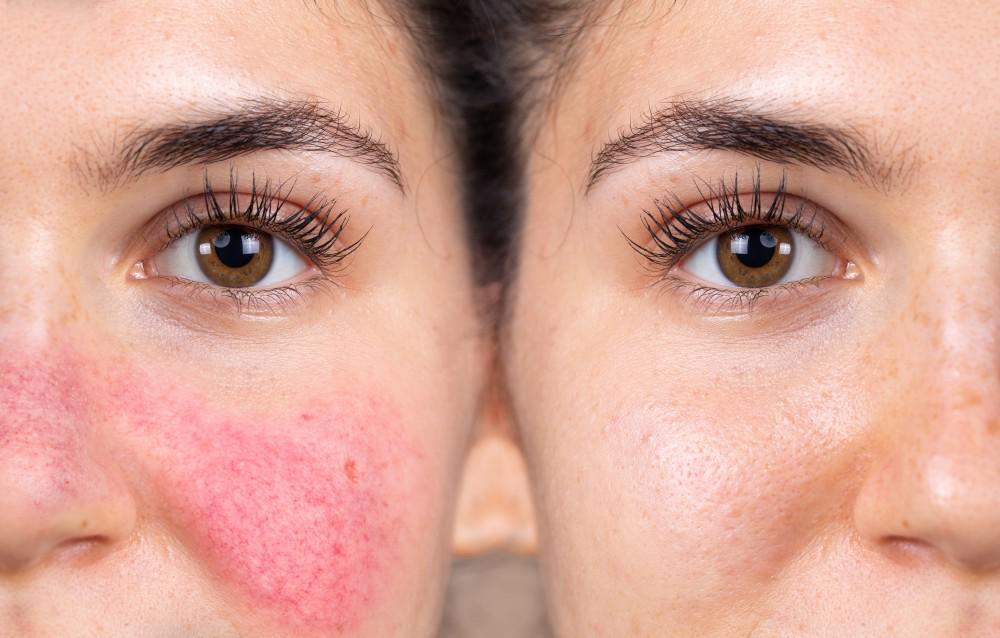While it may appear as a blush or a sunburn, rosacea is a common skin condition that causes redness across the nose and cheeks. It affects an estimated 16 million Americans, and for many, it doesn’t stop at redness. Rosacea commonly causes dry, scaly skin, and acne. Working with a dermatologist is the best step you can take toward managing your rosacea.
The board-certified dermatologists at Northstar Dermatologist are dedicated to providing superior dermatology and skin care to patients in and near Fort Worth, Texas. Our team routinely helps people identify their triggers and implement treatment options to reduce their rosacea flare-ups. Start with these tips to tame your rosacea.
Know your triggers
Typical things you do or eat each day may contribute to rosacea flares. Avoiding triggers can calm your symptoms and help your skin remain rosacea free. Keep in mind that triggers vary from person to person. That said, some foods, habits, environmental exposures, and situations are more likely to cause problems for people with rosacea than others. When surveyed, people with rosacea reported that the most common triggers are:
- Sunlight
- Stress
- Hot weather
- Wind
- Heavy exercise
- Cold weather
- Hot baths
- Indoor heat
- Humidity
- Certain cosmetics
- Alcohol (especially red wine)
- Spicy foods
Pinpointing your triggers takes some investigation, but these are a good place to start. Once you know which triggers are contributing to your flare-ups, you can make lifestyle adjustments to avoid them.
The importance of knowing your triggers
For many Americans, rosacea is more than a brief inconvenience. Repeated flushing during flare-ups can cause the redness to last a little longer than the time before. Rosacea can also affect broader areas of your cheeks, nose, chin, and forehead with each attack. Additionally, with every flare, blood vessels in the face tend to become more visible. Frequent rosacea flares may cause changes in your facial skin, causing it to thicken over time.
Identifying triggers and making the appropriate changes help to reduce the frequency and severity of rosacea flares. This helps alleviate the long-term, visible effects rosacea has on your skin.
Identifying rosacea triggers
Keeping a daily journal of your diet and lifestyle habits is an excellent way to hone in on your tiggers. Record the foods you eat, physical activity, daily skin care routine and environmental situations to determine the most likely culprits.
Rosacea is manageable when you know what to avoid. Your provider may recommend using a prescription topical cream to constrict blood vessels at the surface of your skin, as well as any of the following:
- Using facial products safe for sensitive skin
- Wearing sunscreen daily
- Wearing a hat when you’re outside to protect your face
- Taking antibiotics to control inflammation or infection
Dr. Amir Aboutalebi and Dr. Nicole Strickland take an individualized approach at helping you discover triggers and manage your rosacea flare-ups so you can get long-term relief. Rosacea isn’t just a skin condition; it often causes emotional stress and negatively impacts your self-confidence.
The more you understand the triggers that lead to flare-ups, the easier it is to prevent them and improve your wellness and well-being. Contact a member of our team at Northstar Dermatology to schedule an appointment. We offer telehealth, curbside, and in-person appointments to meet your dermatology needs from the comfort and safety of your home, office, or car.



